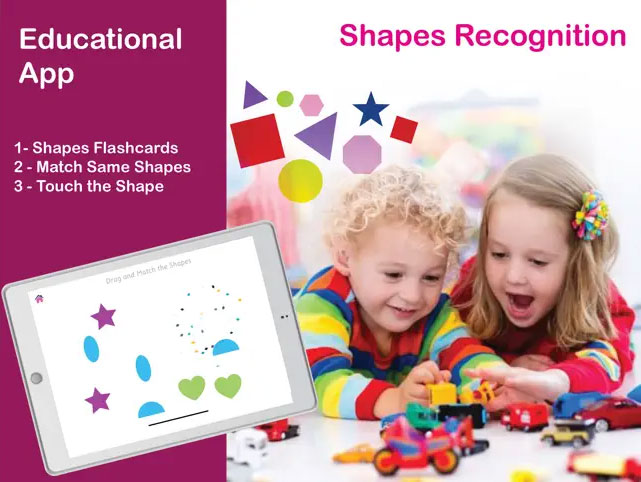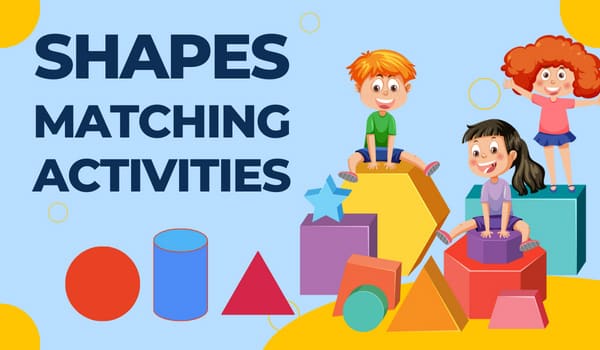In the vast tapestry of existence, one might overlook the omnipresence of shapes in our daily lives. Yet, they are the invisible threads that weave the fabric of our reality, creating a cohesive visual and conceptual order. From the circular sun that lights up our world, the square windows that frame our views, to the intricate spirals in our DNA, shapes are not just geometric concepts but integral components that lend structure, functionality, and aesthetic appeal to our lives. They are a silent language, speaking volumes about the world around and within us. The exploration of shapes, therefore, is not merely an abstract pursuit but a key to deciphering the essence of life itself.
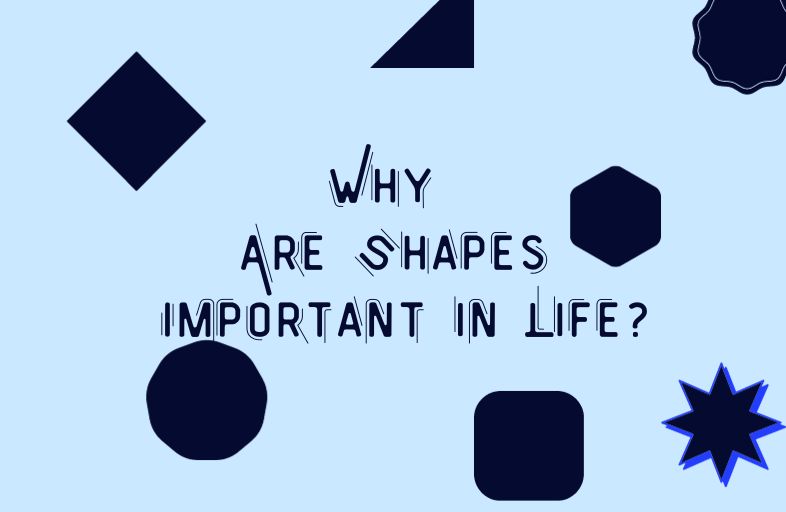
How does shapes help you to learn?
Early childhood education lays the groundwork for a child’s intellectual, social, and emotional development. Among the myriad of skills children acquire during this critical period, the understanding of basic shapes holds a special significance.
Shapes are the building blocks of more complex concepts, providing a visual language that aids cognitive development, spatial awareness, and foundational mathematical skills. In this article, we will explore the importance of teaching basic shapes to kids in early education and how this seemingly simple aspect contributes to their overall learning journey.
What are the benefits of matching shapes?
Matching shapes can have numerous benefits, both in practical and abstract terms. Here are some of the key advantages of matching shapes:
Cognitive Development:
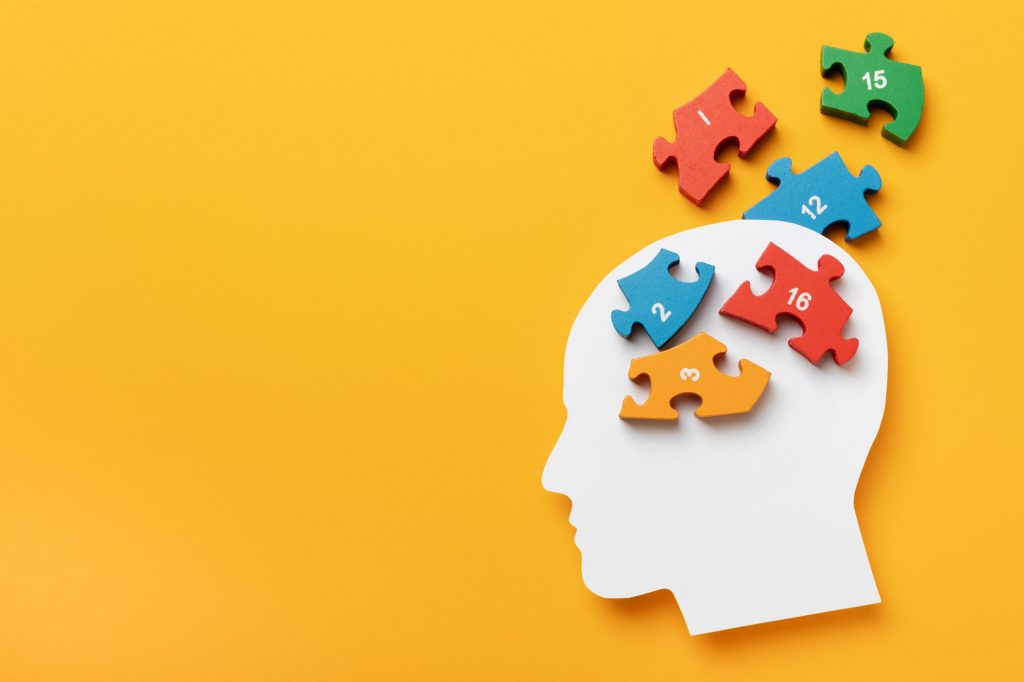
The early years of a child’s life are characterized by rapid brain development. Teaching basic shapes during this period stimulates cognitive functions, enhancing a child’s ability to recognize, analyze, and categorize visual information. Understanding shapes helps in developing pattern recognition, a crucial skill for reading and mathematical comprehension later in life.
As children learn to distinguish between circles, squares, triangles, and rectangles, they engage in critical thinking processes. They learn to identify similarities and differences, laying the foundation for more complex cognitive abilities. Furthermore, the spatial reasoning required to understand shapes promotes mental manipulation and visualization skills, both essential components of problem-solving.
Language Development:
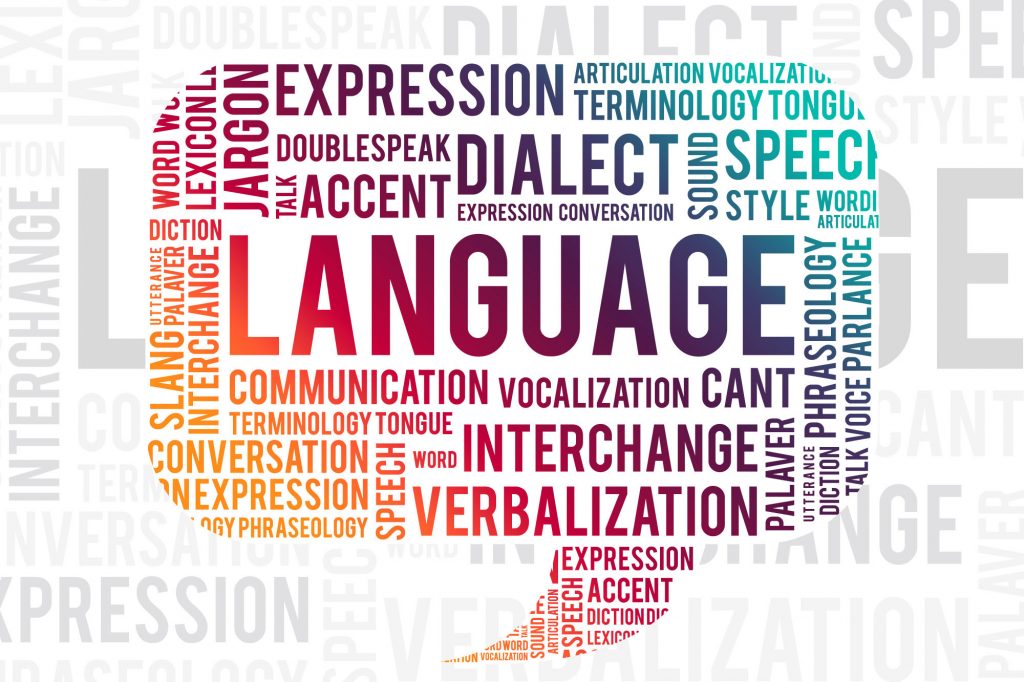
Teaching shapes to young children also plays a pivotal role in language development. As educators and parents introduce terms like “circle,” “square,” and “triangle,” children expand their vocabulary and develop the ability to express themselves more precisely. This linguistic enhancement is vital for effective communication and sets the stage for success in academic and social settings.
Moreover, associating words with specific shapes encourages children to engage in conversations about their environment. This interaction fosters language skills and helps build a strong foundation for literacy. The incorporation of shapes into storytelling, games, and everyday conversations not only makes learning enjoyable but also facilitates language acquisition.
Spatial Awareness:

Understanding shapes contributes significantly to the development of spatial awareness in young children. Spatial awareness involves an understanding of one’s own body in relation to the surrounding space and the ability to perceive and manipulate objects in that space. Teaching basic shapes helps children grasp concepts like size, position, and orientation, fostering a deeper understanding of the world around them.
Spatial awareness is not only crucial for daily activities such as dressing and navigating physical spaces but also lays the groundwork for more advanced mathematical concepts. As children learn about shapes and their properties, they develop the spatial skills necessary for geometry, measurement, and even basic algebra in later grades.
Mathematical Foundation:
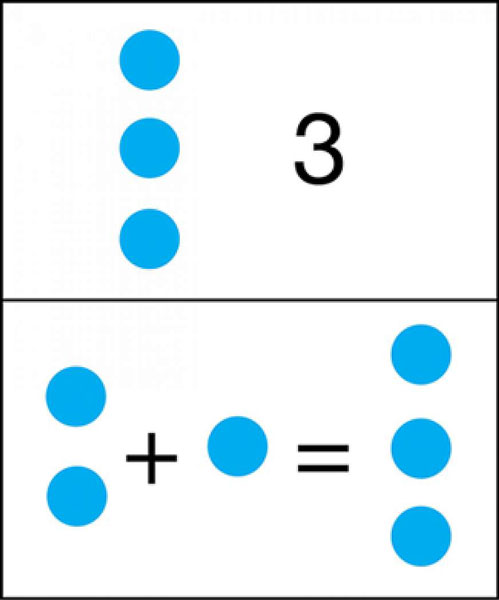
The importance of teaching basic shapes in early education is perhaps most evident in its contribution to building a solid mathematical foundation. Shapes are fundamental to geometry, a branch of mathematics that explores the properties and relationships of spatial figures.
By introducing children to shapes, educators pave the way for more advanced mathematical concepts. Understanding the attributes of shapes, such as sides, angles, and vertices, prepares children for geometry lessons in later grades. This early exposure also fosters a positive attitude towards mathematics, mitigating potential anxiety that may arise when encountering more complex mathematical topics.
Visual Discrimination:
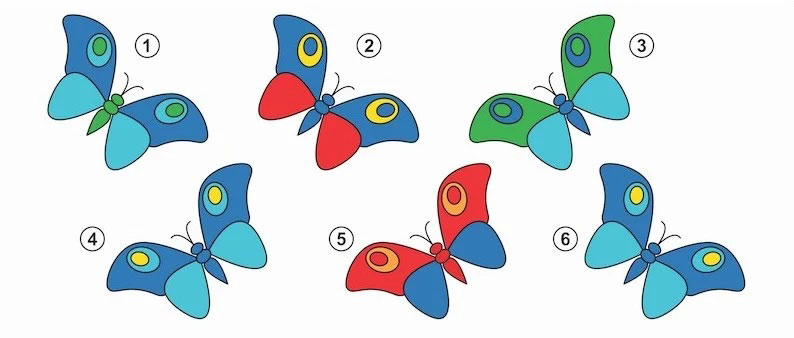
Teaching basic shapes aids in the development of visual discrimination, the ability to differentiate between similar-looking objects based on specific characteristics. This skill is fundamental for reading, writing, and overall academic success. As children learn to distinguish between a circle and a square, for example, they refine their visual discrimination abilities, which are essential for letter and word recognition.
Additionally, activities that involve drawing, coloring, and tracing shapes contribute to the development of fine motor skills. These skills are crucial for tasks like writing, tying shoelaces, and manipulating small objects. The coordination required to draw shapes with precision enhances hand-eye coordination and lays the groundwork for more intricate hand movements in future academic and everyday tasks.
Social and Emotional Development:

The process of learning shapes is not only cognitive but also social and emotional. Group activities that involve identifying and working with shapes promote collaboration, communication, and the development of interpersonal skills. Sharing ideas about shapes, working together on projects, and celebrating each other’s achievements create a positive social environment in the classroom.
Furthermore, successfully mastering shape recognition and manipulation can boost a child’s self-esteem. The sense of accomplishment derived from completing shape-related activities fosters a positive attitude toward learning, encouraging children to approach new challenges with confidence.
How to teach basic shapes to Kids?
In the era of digital advancements, educational apps play a pivotal role in enhancing traditional teaching approaches. Among these, Shapes for Kids stands out as an exemplary application, seamlessly aligning with the principles emphasized in this article. This app offers engaging activities designed to facilitate the learning and recognition of various shapes. Compatible with iOS, Google Play, and Microsoft platforms, it serves as an invaluable resource for educators and parents seeking to enrich a child’s educational experience.
Conclusion:
Teaching basic shapes to children in early education is not merely a superficial exercise; it is a fundamental building block that contributes to holistic development. From cognitive and language skills to spatial awareness and mathematical proficiency, the understanding of shapes forms the basis for a wide array of abilities that are crucial for success in later academic pursuits and life. The Shapes for Kids app serves as a valuable supplement to traditional teaching methods, aligning seamlessly with the importance of teaching basic shapes in early childhood education. By combining interactive features, engaging activities, and a focus on key developmental areas, this app enhances the learning experience for young children.
As educators and parents, recognizing the importance of this seemingly simple aspect of early education empowers us to lay a robust foundation upon which children can construct a lifetime of learning.

